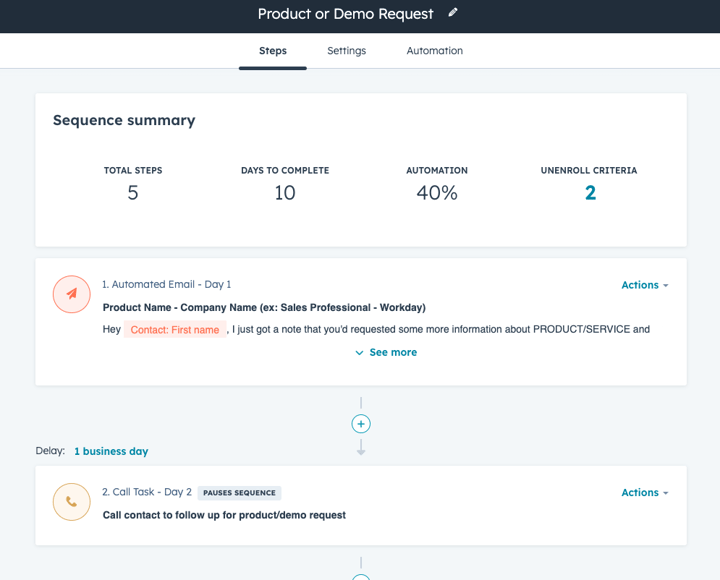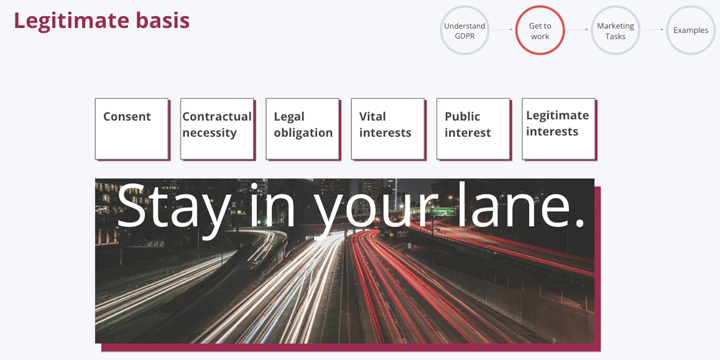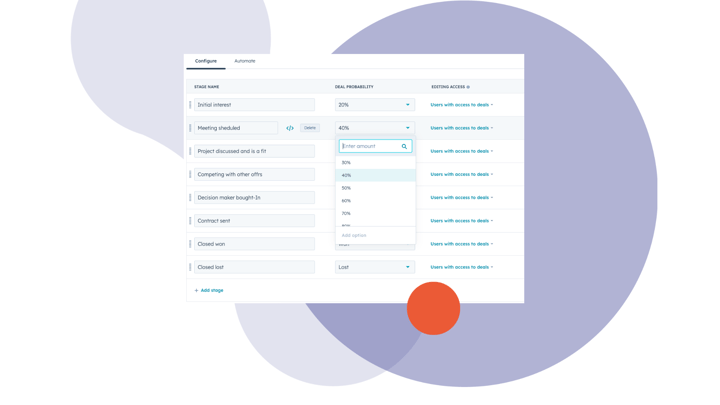Understanding the Difference Between HubSpot Onboarding and Implementation
When it comes to implementing a powerful CRM and marketing automation platform like HubSpot, it's essential to understand the difference between onboarding and implementation. In this blog post, we will delve into these two crucial processes and highlight their distinct roles in helping your organization make the most of HubSpot's capabilities. By the end of this article, you will have a clear understanding of how onboarding and implementation work together to drive your business forward.
Defining Onboarding and Implementation
Onboarding and implementation are often used interchangeably, but they are distinct stages in the process of adopting the HubSpot platform.
1. HubSpot Onboarding
HubSpot onboarding is the initial phase where you get acquainted with the platform and its features. It involves setting up your account, configuring basic settings, and getting familiar with the user interface. This process ensures that your team has a solid foundation to start using HubSpot effectively.
During onboarding, you will typically receive support from HubSpot's customer success team or an implementation partner. They will guide you through the platform's key functionalities, providing training resources, and helping you get your data imported into HubSpot.
2. HubSpot Implementation
HubSpot implementation, on the other hand, is the process of customizing the platform to align with your organization's unique requirements and goals. It goes beyond the initial onboarding phase and involves tailoring HubSpot's capabilities to fit your specific business needs.
Implementation may include tasks such as creating custom workflows, setting up lead scoring models, integrating with other systems, and designing custom reports and dashboards. This stage ensures that HubSpot becomes a seamless part of your existing tech stack and workflows, empowering your team to achieve their marketing and sales objectives.
Key Differences
Now that we have a clear understanding of onboarding and implementation, let's explore the key differences between the two:
1. Purpose:
Onboarding focuses on familiarizing users with the platform's basic functionalities, while implementation concentrates on configuring and customizing HubSpot to match your organization's unique requirements.
2. Timeframe:
Onboarding is typically a shorter process that can be completed within a few weeks, whereas implementation can take longer, depending on your organization's complexity and specific needs.
3. Involvement:
HubSpot onboarding is often guided by the HubSpot customer success team or an implementation partner, with predefined training resources and support. Implementation requires a higher level of collaboration between your organization and the implementation partner to ensure a successful configuration and customization.
4. Complexity:
Onboarding is generally straightforward and aims to provide a general understanding of HubSpot's core features. Implementation, on the other hand, involves more complex tasks, such as integrating with other systems and creating advanced workflows to automate your marketing and sales processes.
Summary:
- HubSpot onboarding is about teaching, whereas a HubSpot implementation is about doing.
- Unless you have a HubSpot administrator on your internal team who has prior experience implementing HubSpot, you should strongly consider a HubSpot implementation.
What is right for your business?
After carefully considering the distinctions, advantages, and difficulties involved in HubSpot onboarding and implementation, it is essential to make an informed decision that aligns with your business objectives.
Evaluating Your Business Needs and Goals
When determining how to begin with HubSpot, it is crucial to outline your business goals and assess your internal resources. While HubSpot is the premier CRM and marketing automation platform available, merely purchasing the tool will not deliver the desired outcomes. To drive results for your business, HubSpot must be implemented correctly and utilized to work towards achieving your goals. If your team lacks prior experience in implementing HubSpot as an administrator, it is advisable to collaborate with a HubSpot Solutions Partner for the implementation process. While onboarding led by a partner or provided by HubSpot will demonstrate how to use HubSpot, implementation will lay the groundwork for reaching your goals with HubSpot.
As you embark on your HubSpot journey, it is crucial to differentiate between onboarding and implementation. Onboarding sets the stage by introducing you to the platform's capabilities, while implementation fine-tunes HubSpot to align with your organization's specific needs. By understanding the differences and effectively leveraging both processes, you can maximize the value of HubSpot, drive growth, and achieve your business goals.
Remember, for a seamless and successful HubSpot adoption, seek guidance from HubSpot's customer success team or partner with an experienced implementation partner who can offer the expertise necessary to ensure a smooth transition.





